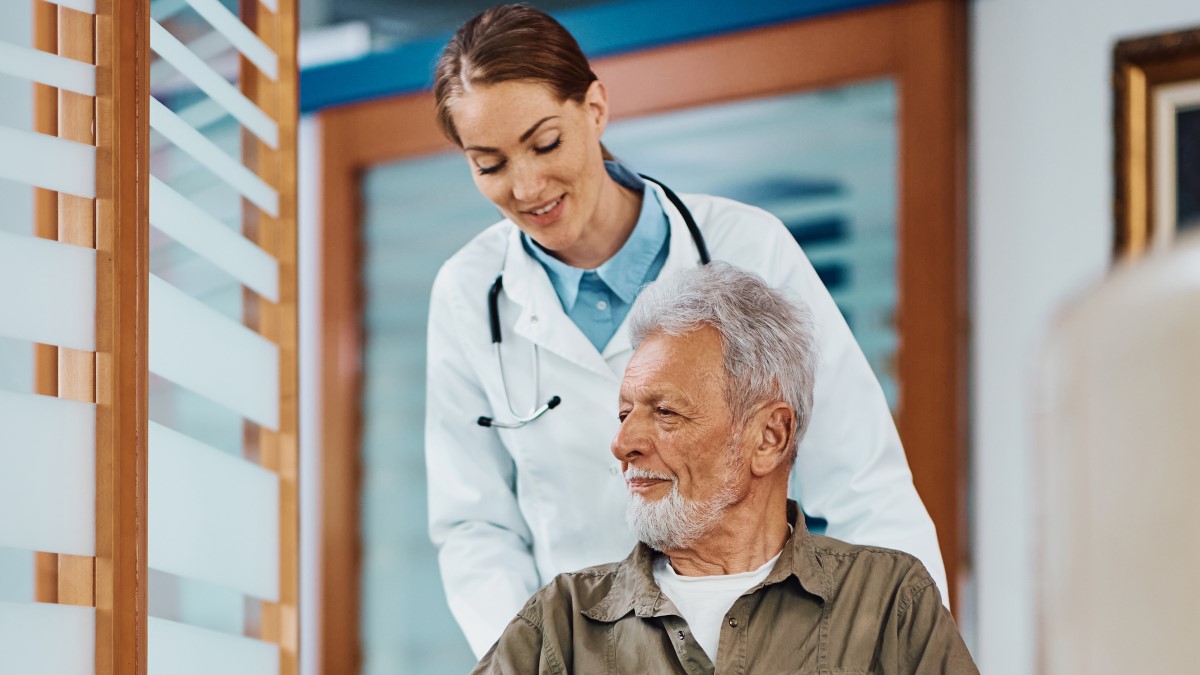Many councils could still face claims for higher fees from care home providers
- Councils continue to pay average fees to care providers that are lower than the cost of providing care
- Fee gaps vary, but many are over £150 per week
- Inflationary pressure could widen the gap in 2024/25
The latest edition of LaingBuisson’s Care Costs Benchmarks model reveals continuing gaps between the costs of care homes for older people and what councils actually pay. This is despite progress by many councils in reducing fee gaps during and after the Covid-19 pandemic.
Most local authorities pay less than care home costs, although the exact amount varies by area. In Birmingham City, for example, which effectively declared itself bankrupt earlier this year, the 2023/24 fee shortfall is £177 per week for general nursing care to £208 per week for residential care of older people with dementia.
There are a few local authorities that are actually paying more, with the London Borough of Richmond Upon Thames actually pays £152 per week more than the established cost of care for general residential care(1).
Beleaguered councils like Birmingham City and others at risk of bankruptcy, could face their toughest financial challenges yet, as they begin preparing budgets for 2024 and beyond.
Inflationary pressures have changed the operating landscape for providers and local authority commissioners. In its latest Care Cost Benchmarks toolkit, LaingBuisson has drawn from existing local authority benchmarks(2) and projects these forward using relevant ONS price indices. As staffing is the main driver of care home costs, LaingBuisson has drawn from current (2023/24) data from its Care Home Benchmarking Service on staff pay rates and staffing intensity, to arrive at robust and up-to-date staffing costs.
William Laing, Founder and Executive Chairman of LaingBuisson, said:
“Care home providers put a huge amount of effort into submitting returns for the national, DHSC-mandated, Fair Cost of Care (FCoC) exercise carried out in 2022. It would be hugely disappointing if that effort was to then be wasted. At the same time, the fact is that FCoC results published by English councils were at April 2022 prices and these are now out of date, particularly driven by the highest inflation rates the country has seen for several decades.
“LaingBuisson’s solution in the Care Cost Benchmarks toolkit, is to project non-staff operating costs from the FCoC results using relevant ONS price indices and to draw current (2023/24) data from its Care Home Benchmarking Service on staff pay rates and staffing intensity, to arrive at robust and up-to-date staff costs, which represent the main driver of care home costs overall.
“In the interests of compatibility, we have adopted the same cost reporting format as used in councils’ FCoC results. Our intention is to assist both providers and commissioners in their negotiations by narrowing areas of dispute and enabling both parties to flex each cost line using the interactive capabilities of the Care Cost Benchmarks toolkit.”
Notes to Editors
(1) LaingBuisson notes that government’s collection of council paid fee rates in 2023/24 is provisional. There may be differences in how local authorities report against set methodological criteria and may not always reflect a completely accurate picture of the locally paid rate of care.
(2) The Care Cost Benchmarks model draws from a range of sources. For payroll costs, the biggest single cost line, it draws close to real-time data for 2023/24 from LaingBuisson’s Care Home Benchmarking Service. Other sources include financial reports published by 153 local authorities with adult social services responsibilities that were produced following the Department of Health and Social Care funded the ‘Fair Cost of Care’ for older people’s care homes that took place in 2022. LaingBuisson has taken the non-staff operating costs from these council reports and projected them forward with relevant ONS price indices.







